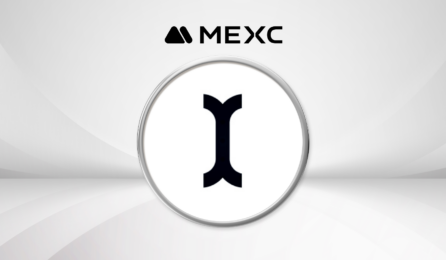
Gold price slips to seven month low, silver at six-year bottom
Gold and silver prices were again firmly downhill during early trade in Europe today, extending the latest retreat to new lows.
Gold futures for August delivery on the COMEX division of the New York Mercantile Exchange had slipped 0.49 percent to a seven month low of $1,146.20 per troy ounce as of 08:17 BST today.
Meanwhile, silver contracts for September delivery were down 1.38 percent to $14.762 per troy ounce, having logged a six-year low at $14.620 yesterday. The white metal has shed about nine percent over the past two weeks.
With regard to Greece, traders remained surprisingly adamant in the face of the potentially catastrophic crisis. By and large, investors restrained themselves from pouring cash into precious metals, which are traditionally seen as a ‘safe-haven’ assets in times of economic and political turmoil.
Greece failed to present fresh proposals at a meeting with Eurozone partners yesterday. It is now demanded by EU members that a plan be drawn up by Thursday at the latest.
“Any movement towards an agreement will likely mean that gold’s staying power at current levels will prove to be short-lived,” INTL FCStone analyst Edward Meir said, as quoted by Reuters.
Meanwhile, markets were gearing up for the upcoming release of minutes from the US Federal Reserve’s last meeting in June later today. Investors will be looking for cues as to the timing of an eventual base rate hike, which the Fed has indicated would happen before the end of the year.
A base rate increase would support the dollar, which in turn makes precious metals more expensive for other currencies holders.
Analysts, however, have recently questioned the prudence of a rate hike in 2015, as the latest growth and labour market figures were seen as below-par by some.
“The big thing that’s making traders question piling into gold right now is the US interest rate decision,” Bob Haberkorn, senior commodities broker with RJO Futures in Chicago, said as quoted by The Wall Street Journal. “People are still trying to weigh the risk of higher rates in the US. Is the global picture getting so bad that it will make it impossible for the Fed to move on rates at this point?”
Significantly, the IMF yesterday cautioned against an increase this year, as it could “result in significant market volatility and financial stability consequences that go well beyond US borders.”
If the Fed maintains its data-based approach which would have inflation and labour market improve before rates are upped, it “would imply keeping the federal funds rate at 0–0.25 percent into the first half of 2016, with a gradual rise in the federal funds rate thereafter,” the IMF said.







